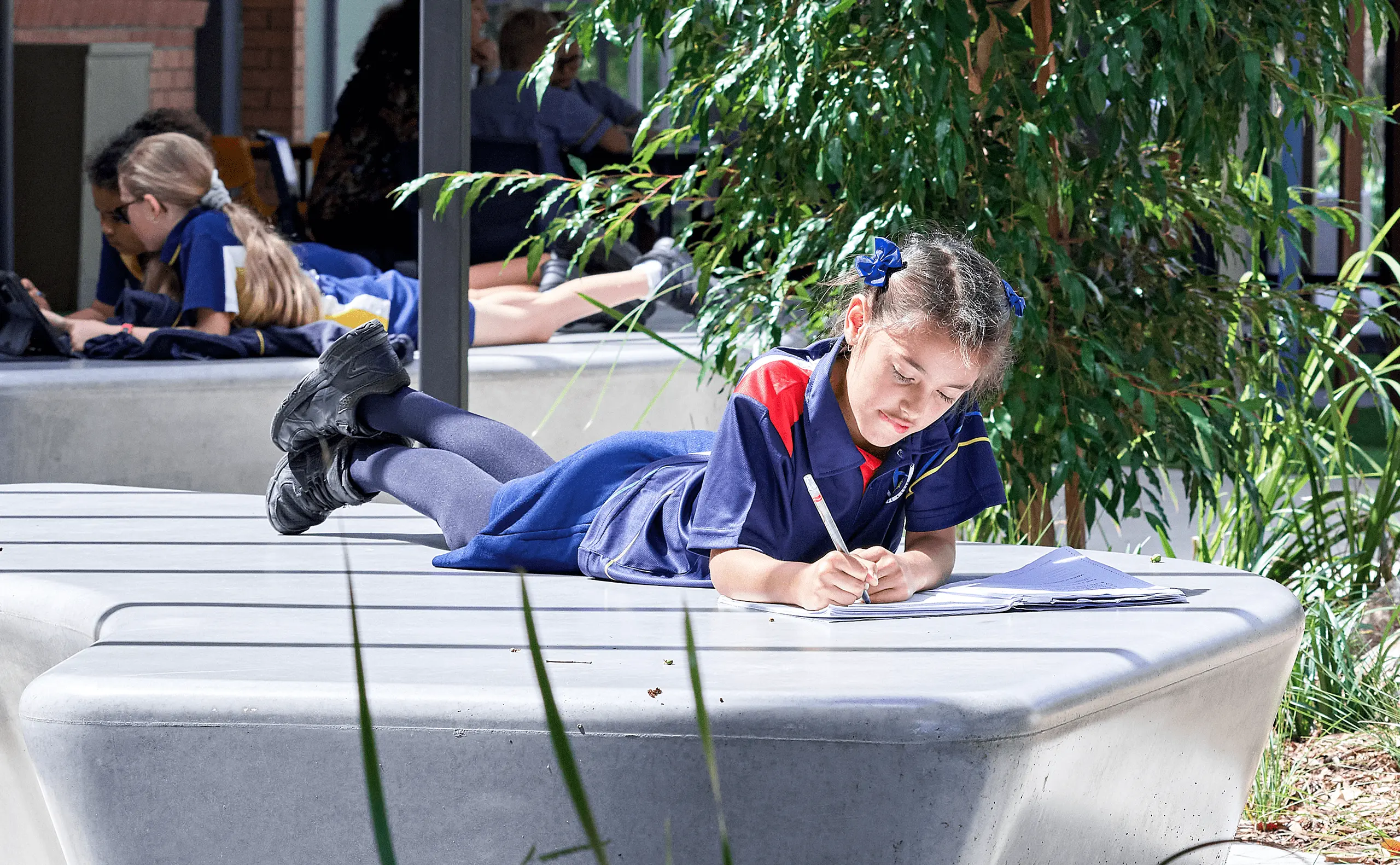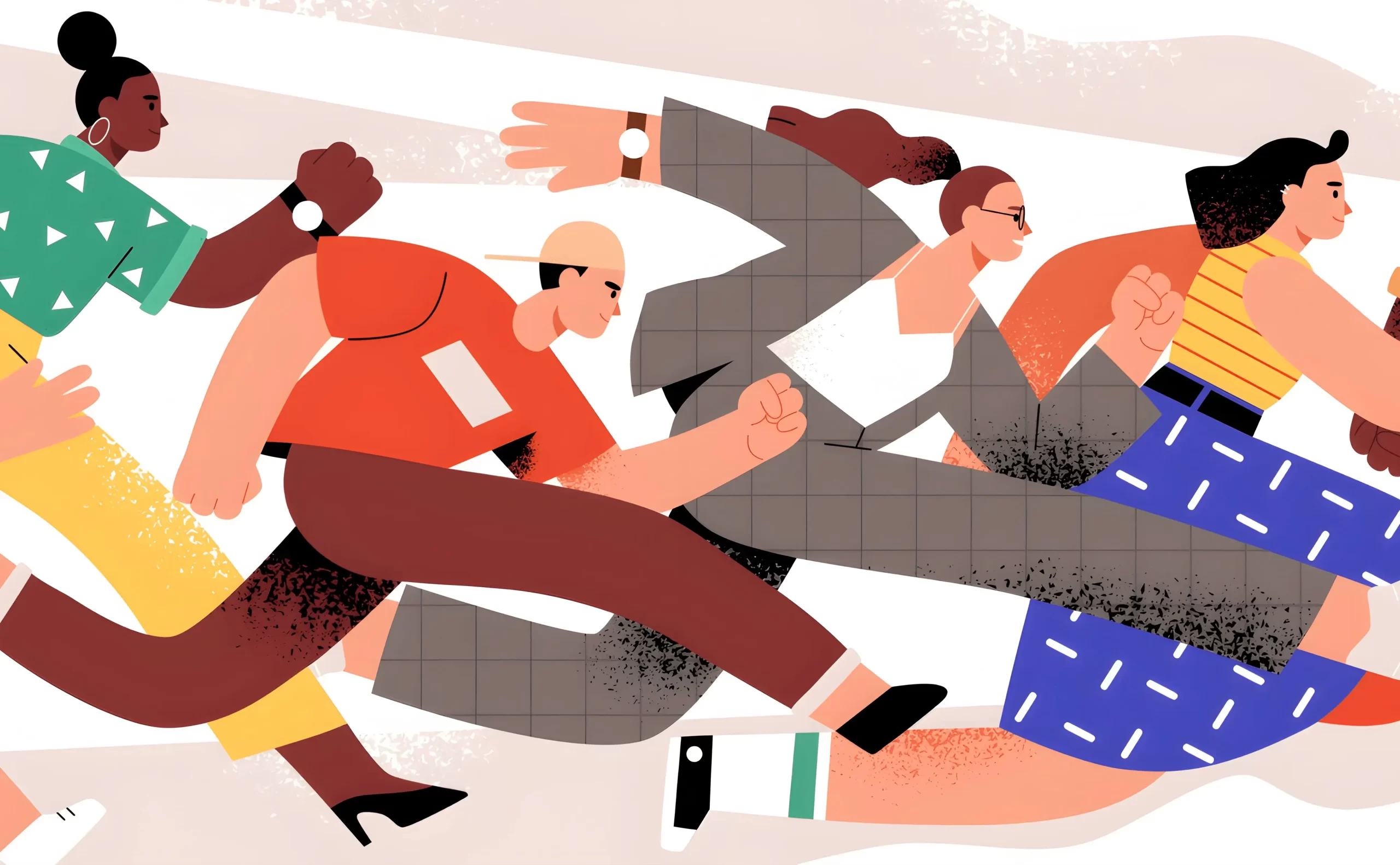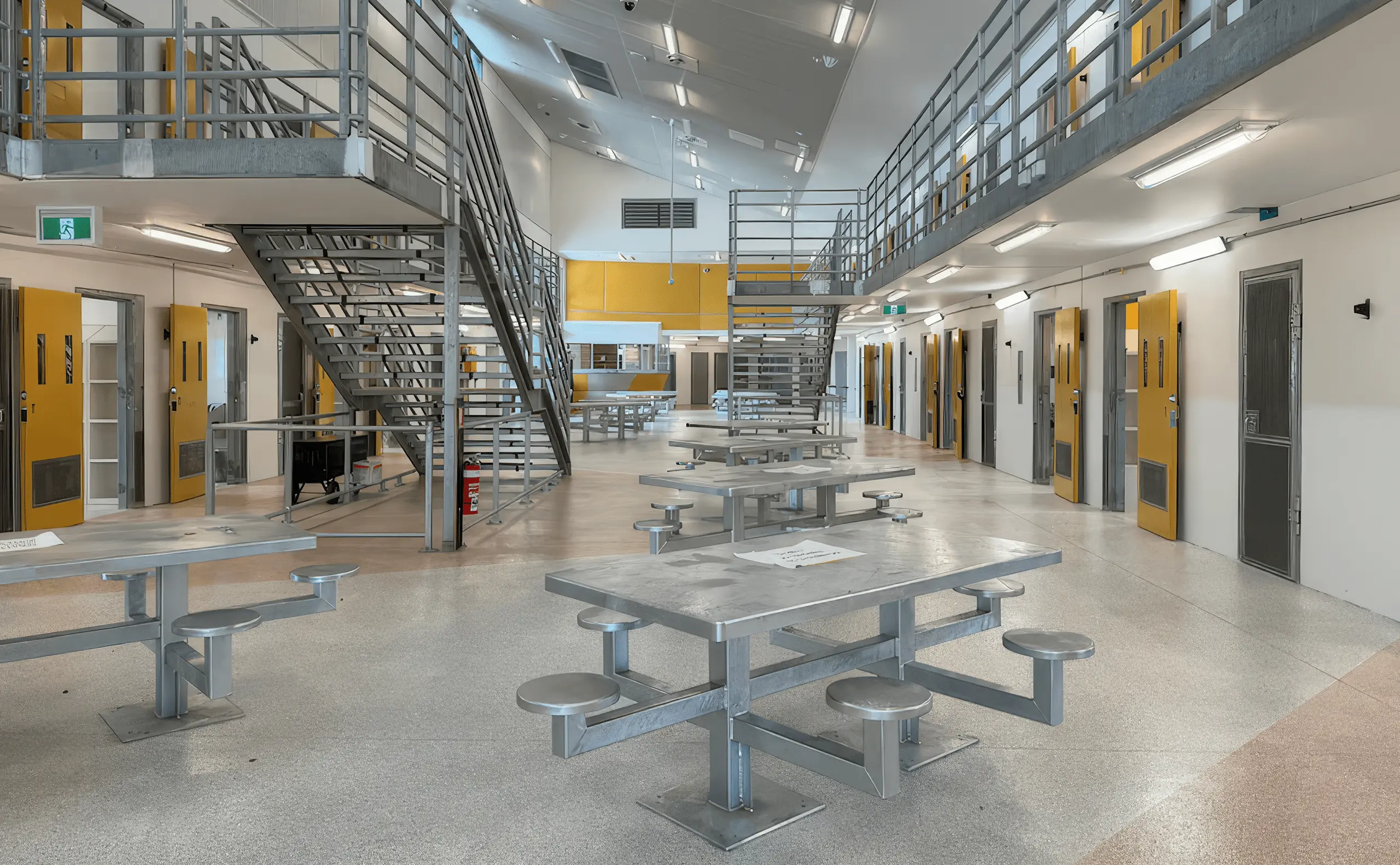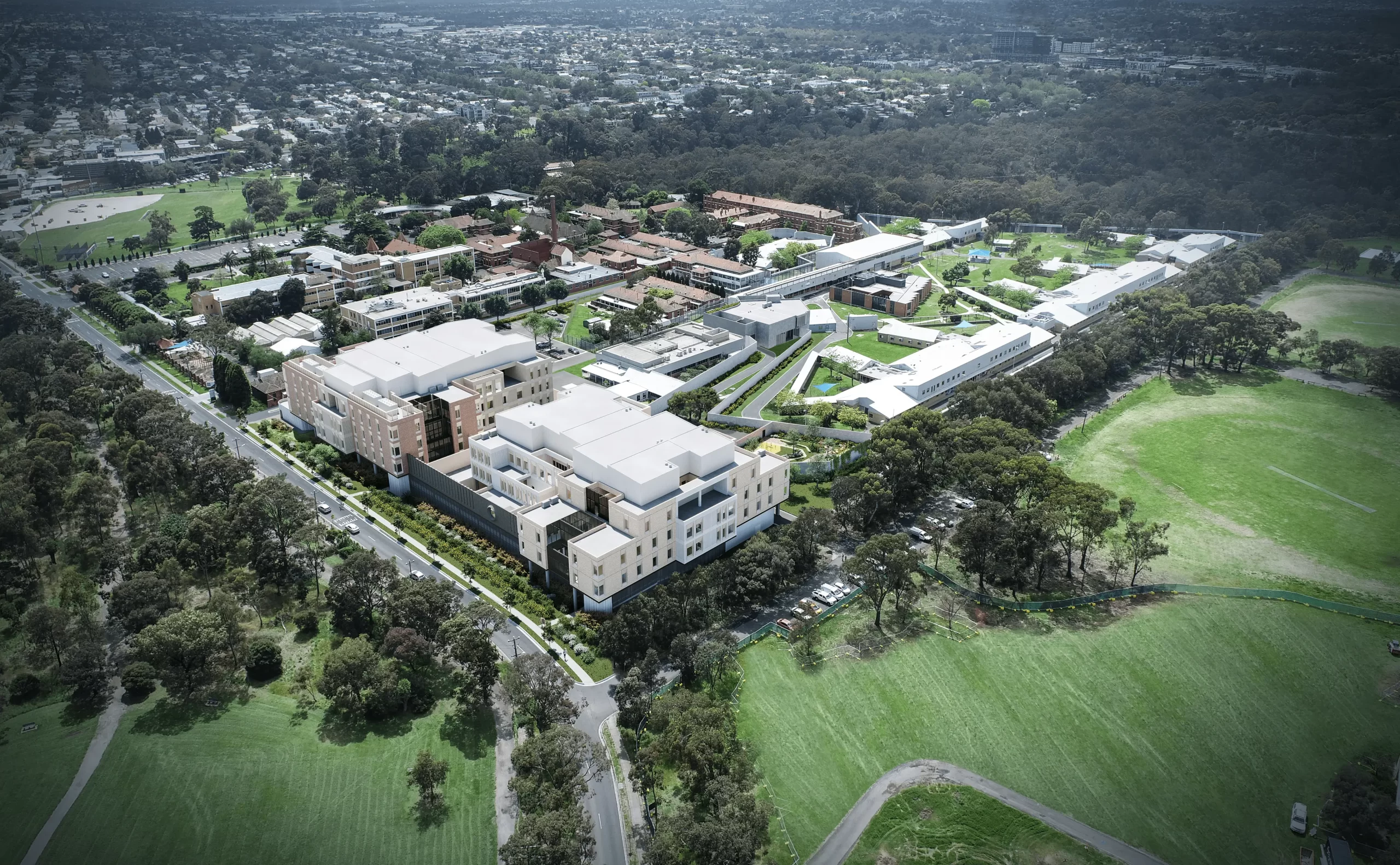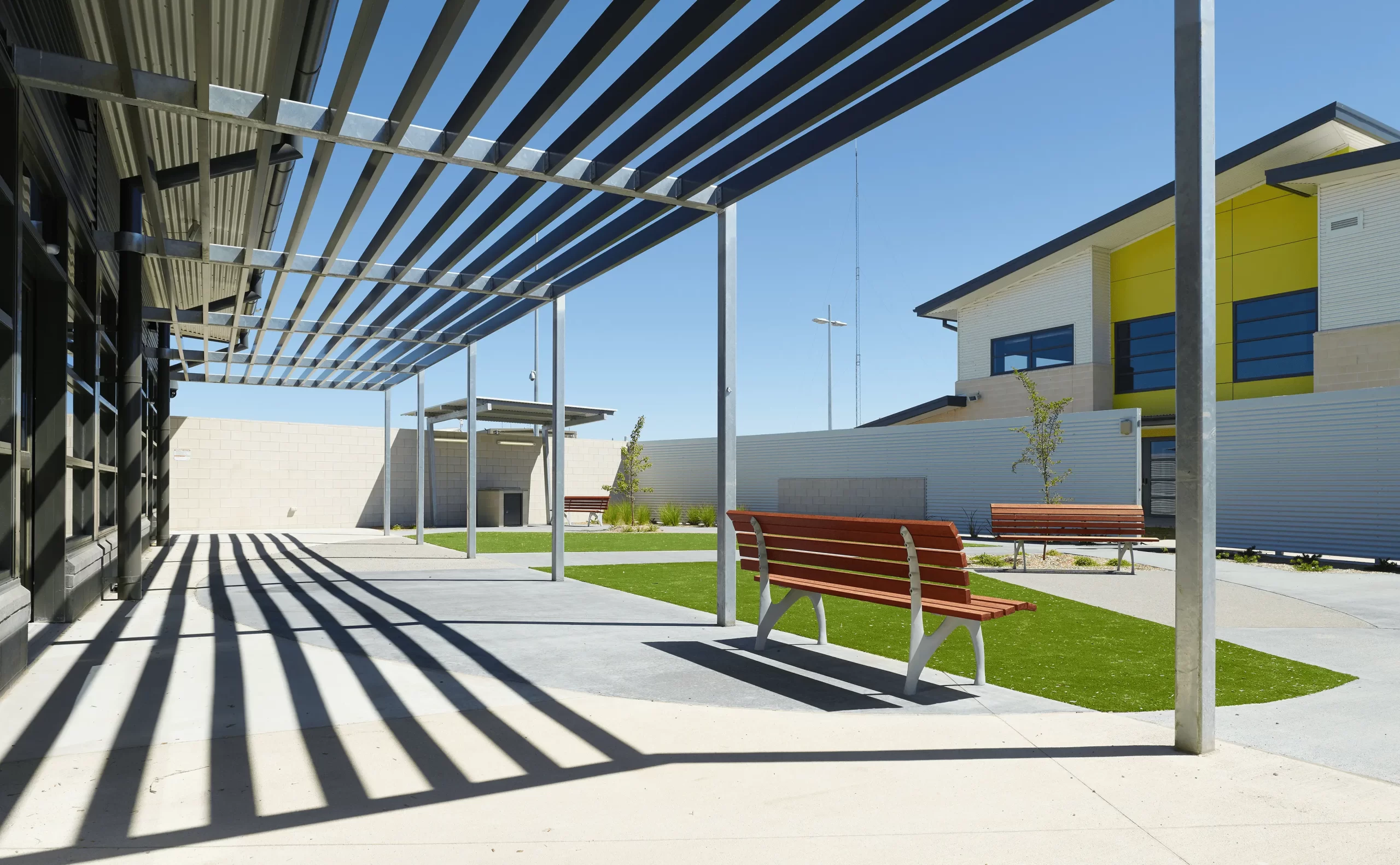
As leaders in correctional architecture, we often get a lot of questions around designing correctional facilities. One question that continually comes up is “shouldn’t prisons be harsh, so it’s a deterrent to committing crime?”
With this in mind, we thought we’d chat to director, Kavan Applegate the lead designer on Australia’s most innovative correctional projects, and Senior Architect and correction design specialist Paul Hayes to find out why their answer is a resounding “no”.
People are products of their environment
Kavan:
Our environment has a profound effect on us. It changes how we interact with others and how we view ourselves. Making an environment harsher will not help create a better person.
Every prisoner released will be interacting with society. So, my view starts with the foundational question of “what do we want those individuals to be like when they are back into the community, and what is the optimum environment to create the best citizens and neighbours?
The cycle needs to be broken
Kavan:
Good prison design must support prison operations to educate and rehabilitate prisoners so that they can create a better life. If life in prison is better than their life outside, it’s not because life inside is too good, but they need to be helped to make their life outside better than the life they have inside. A race to the bottom to make prisons worse than a drug and violence-filled life outside is counter-productive.
According to the Victorian Ombudsman 40% of all Victorian prisoners have been identified as having a mental health condition and prisoners are 10 to 15 times more likely to have a psychotic disorder than someone in the general community*. Prisoners are also often the victims of a violent upbringing, trauma and fetal alcohol syndrome. Creating a harsh environment won’t stop people with this background from committing crimes.
Prisoners are not committing crimes in a considered way of “If I do this, will I get away with it?” or “If I get caught then prison’s not so bad…” Research shows that crime is more driven from desperation, poor impulse control, or cognitive inability to make good decisions. Making a prison harsher doesn’t help that either.
Paul:
Over 1/3 of the prisoner population are homeless when they enter prison, and that percentage increases to 60-80% for people leaving prison. The comment “make the prison a nice place to be, at times often better than their home life and they’ll re-offend”, may be true in areas where homelessness is more prevalent, but this would be a sad state of affairs. Prison needs to be a place where rehabilitation can take place, and prisoners learn the skills, they need to make their outside life better.
Prisoners are not the only people within a correctional facility
Kavan:
What often gets forgotten is that staff have to work in these spaces. Imagine what it would be like as a staff member going inside every day into a harsh, lifeless facility where there’s an “us” and “them” mentality between staff and prisoners.
Plenty of research shows that this not only decreases mental health, it also increases staff suicide rates, heart disease, blood pressure and family breakdown. Some of the stories I’ve heard are gut-wrenching. On the other hand, when a rehabilitative approach is taken through the design and management of a correctional facility, the impact of change for staff when things are improved makes me teary for all the right reasons.
*Source: Victorian Ombudsman Investigation into the rehabilitation and reintegration of prisoners in Victoria 2015.

